Brown Sugar Shortbread Cookies
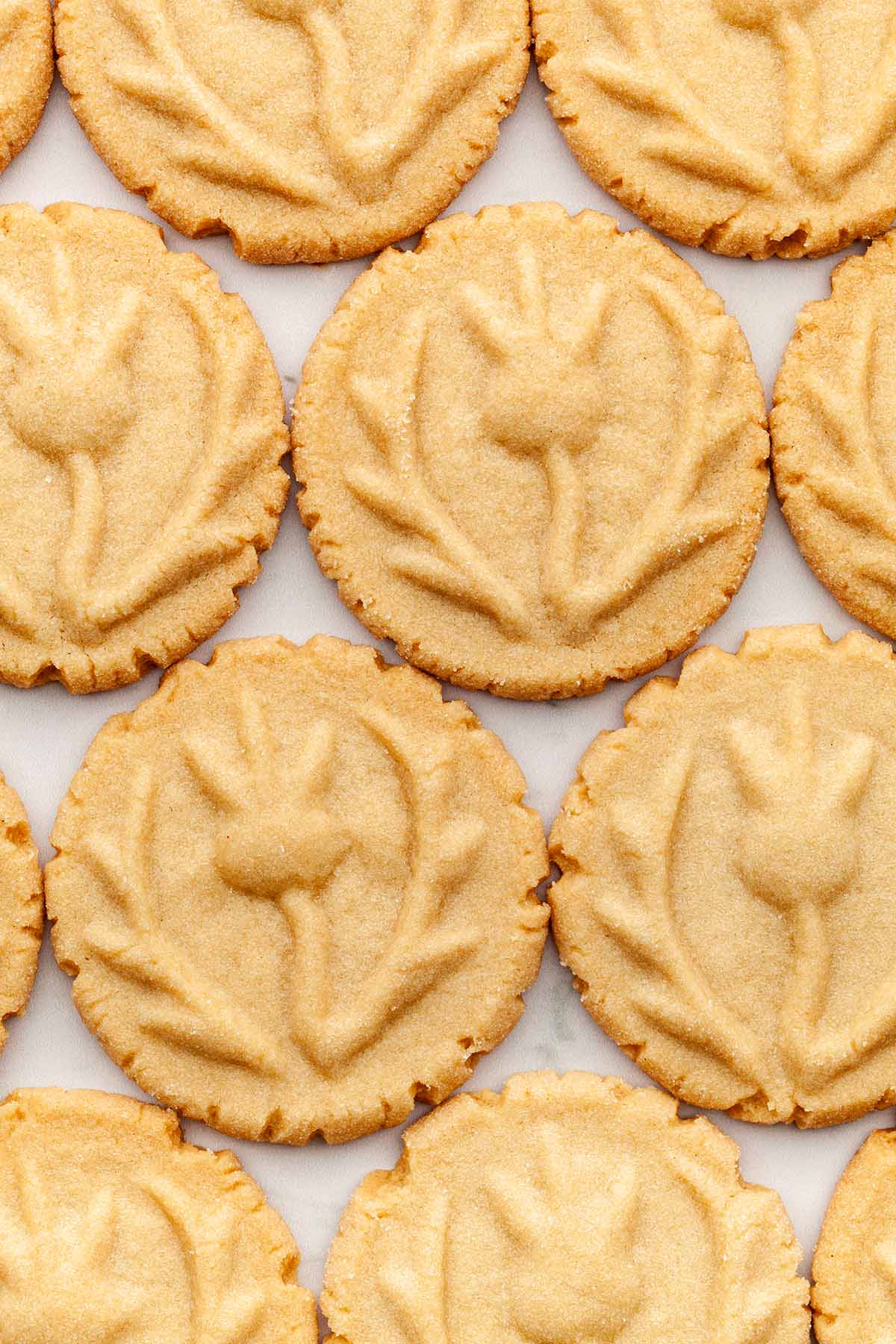
Even though I bake lovelies such as lemon poppy seed shortbread cookies and chocolate chip sugar cookies these brown sugar shortbread cookies have become my family’s #1 requested Christmas cookie.
My friend Pete gave me his Scottish mom’s recipe for shortbread but the recipe he sent was a list of ingredients, an oven temperature, and a bake time—no instructions. I’ve since developed my own step-by-step method for consistency.
I like to stamp my cookies with a cookie stamp, but you don’t have to do this. It makes them look pretty but you can also flatten them with a fork or the bottom of a drinking glass. If you are curious about cookie stamps I have more information below.
Jump to:
🍁 A Note On Cookie Stamps
The first time I saw a cookie stamp was while thrifting. I loved the blue and white handmade pottery piece I was holding, but I had no clue what it was.
Turns out I’d actually found a handmade Scottish ceramic shortbread stamp. Inlaid with the carving of a thistle with leaves reaching up and around it, I’ve now baked many, many batches of brown sugar shortbread cookies with this pretty stamp.
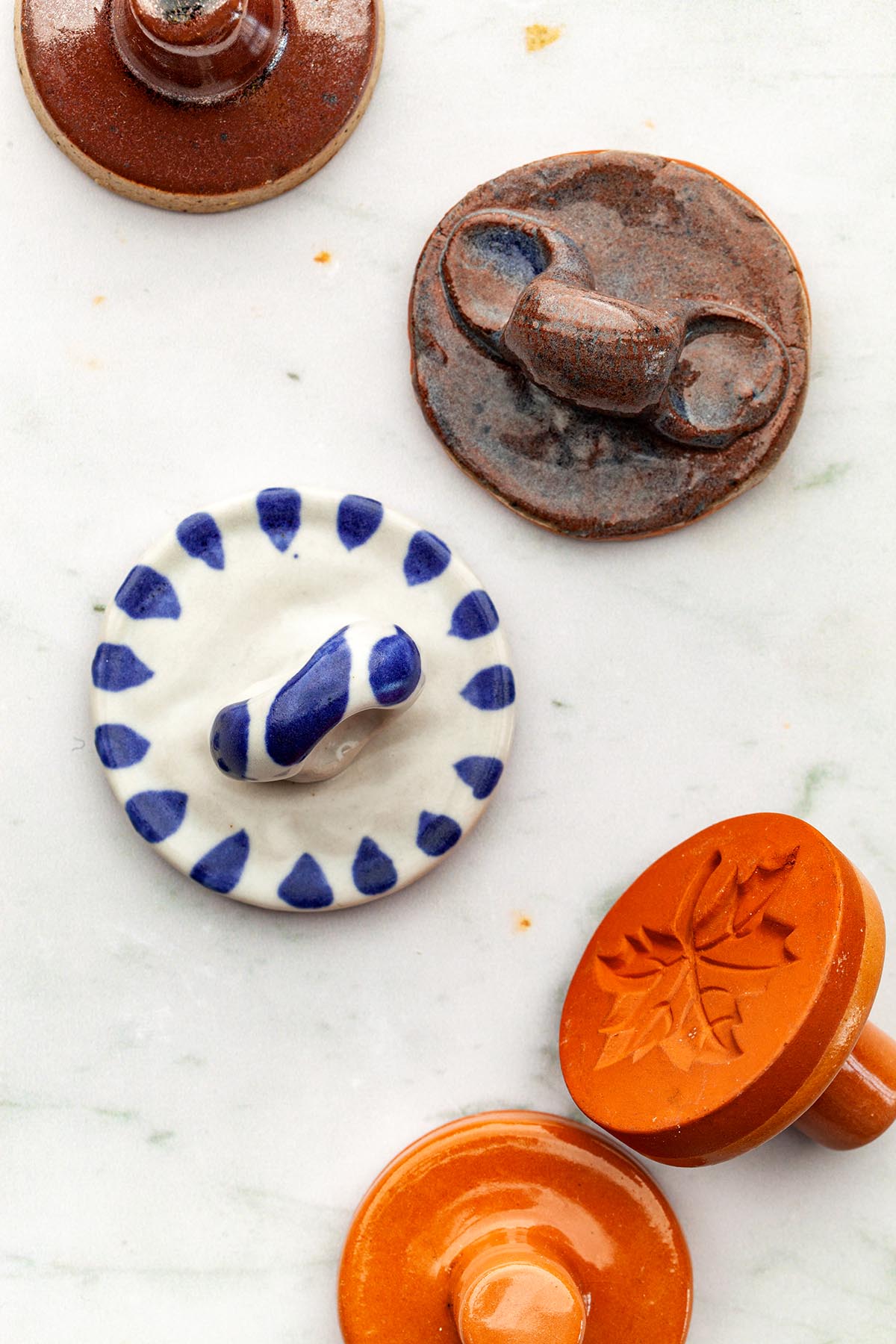
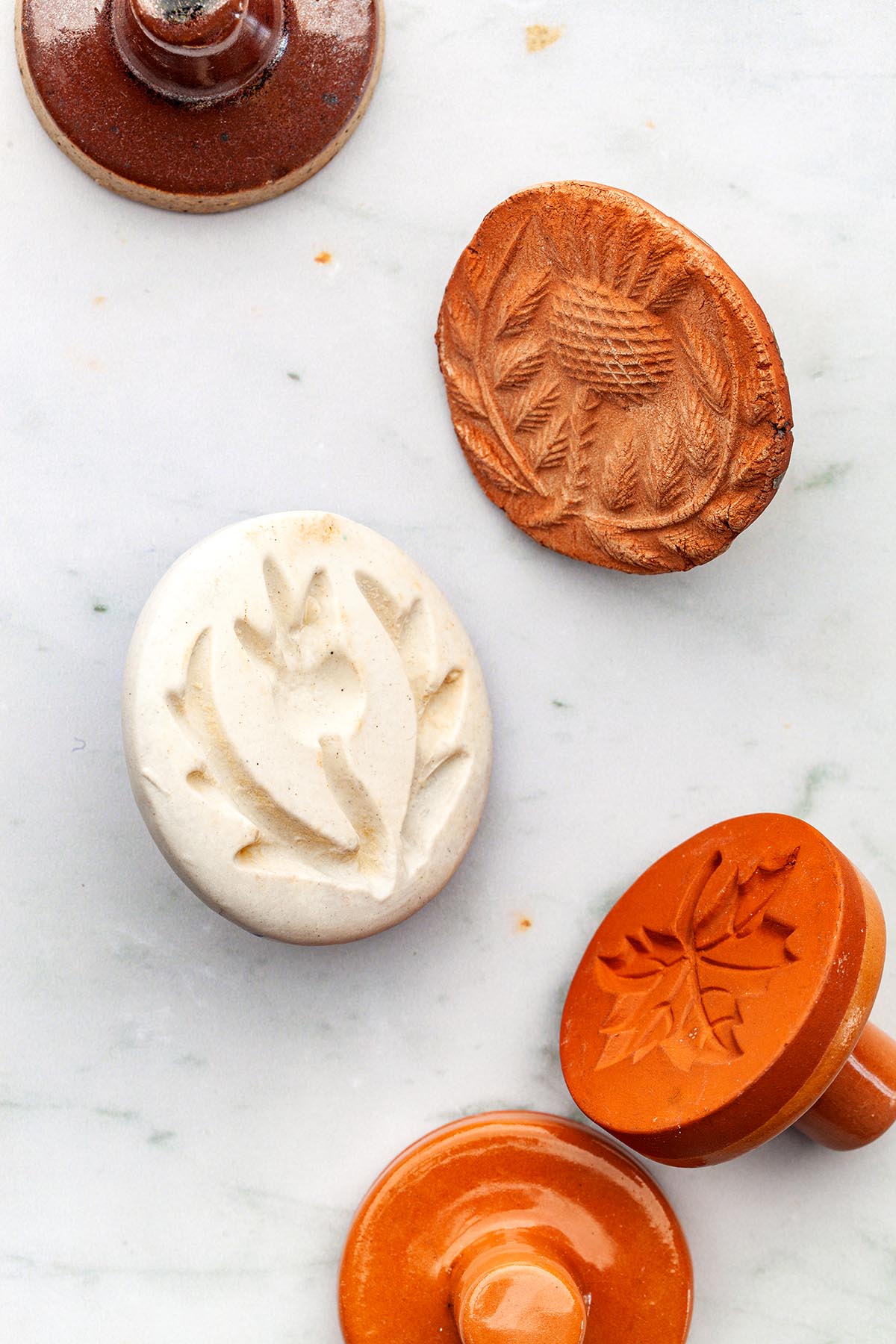
Here are some resources to buy your own cookie stamps:
- Keep your eyes peeled in thrift and antique stores.
- Check out this Scottish thistle stamp, along with many other designs, from Birdsall Worthington Pottery based right here in my home province of Nova Scotia, Canada.
- These Nordic Ware Starry Night cookie stamps are a gorgeous addition to any kitchen.
- For a true Christmas vibe, these Nordic Ware Yuletide cookie stamps are so nice!
💞 Why You’ll Love This Recipe
✔️ Using a cookie stamp turns the easiest cookie recipe ever into a beautiful treat or gift!
✔️ They taste unreal. The flavor is subtle but it will hook you!
✔️ You can add flavor variations like orange zest or cardamom to make them your own.
📋 Ingredients
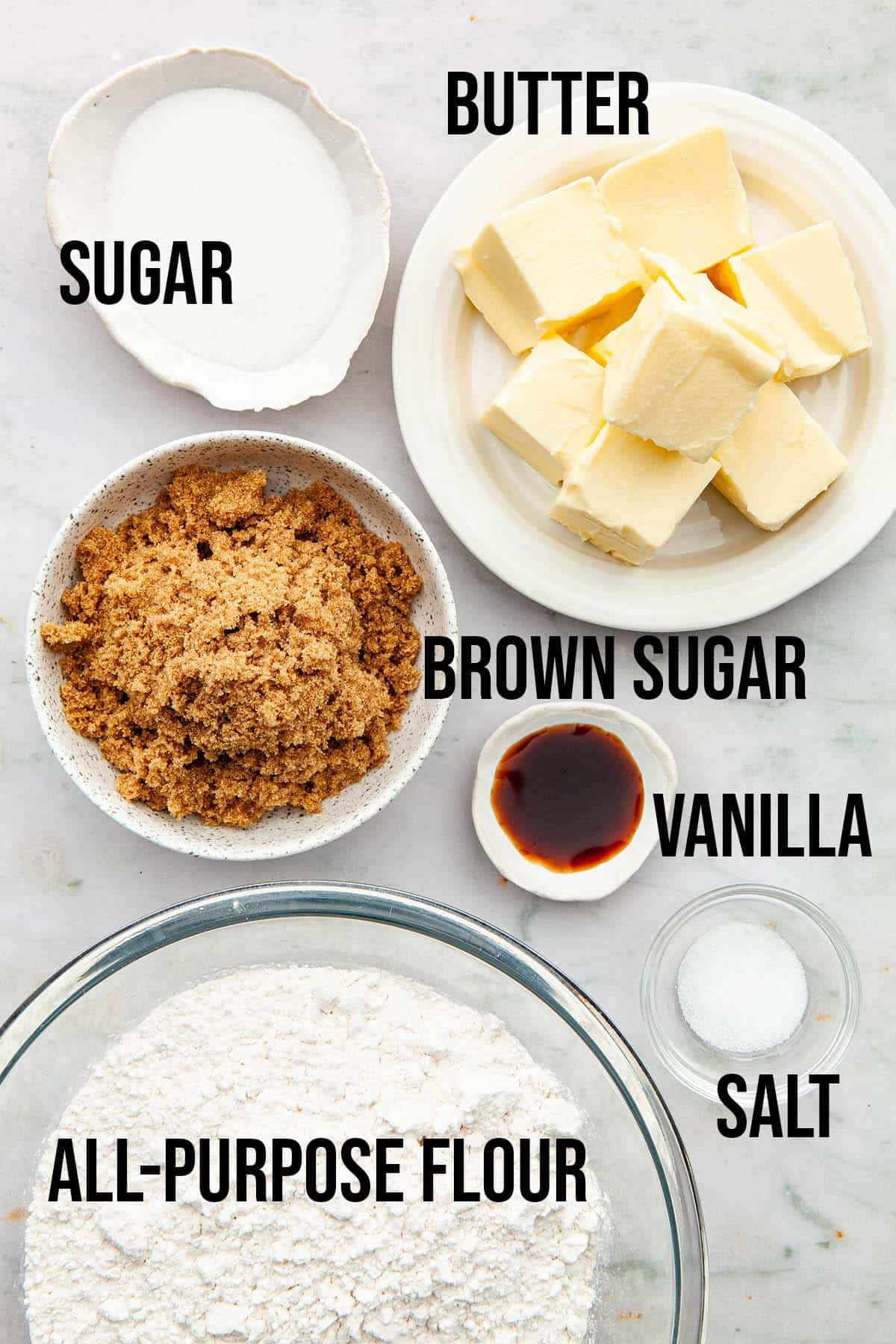
Ingredient Notes
- Butter—I use salted butter because it makes my brown sugar shortbread cookies taste better.
- Brown Sugar—look for old-fashioned brown sugar or dark brown sugar. Light brown sugar doesn’t have the same deep caramel notes.
Ingredient Substitutions
- All-Purpose Flour—for a crispier cookie, try substituting ½ cup (75g) of the flour with white rice flour.
- Vanilla—the vanilla is optional and can be omitted.
Ingredient Additions
- Spices—ground cinnamon, cardamom, or ginger are a lovely warming addition to the cookies. I use about 1 to 2 teaspoons depending on your preference.
- Orange Zest—whisk finely grated orange zest into the flour before adding it to the mixing bowl. It’s such a festive flavor and it’s so good!
👩🍳 Step-By-Step Instructions
STEP 1—beat the butter, brown sugar, vanilla, and salt on medium-high speed until well combined
STEP 2—with the mixer running on low, add the flour gradually. Stop the mixer when the dough has pretty much cleared the sides of the bowl.
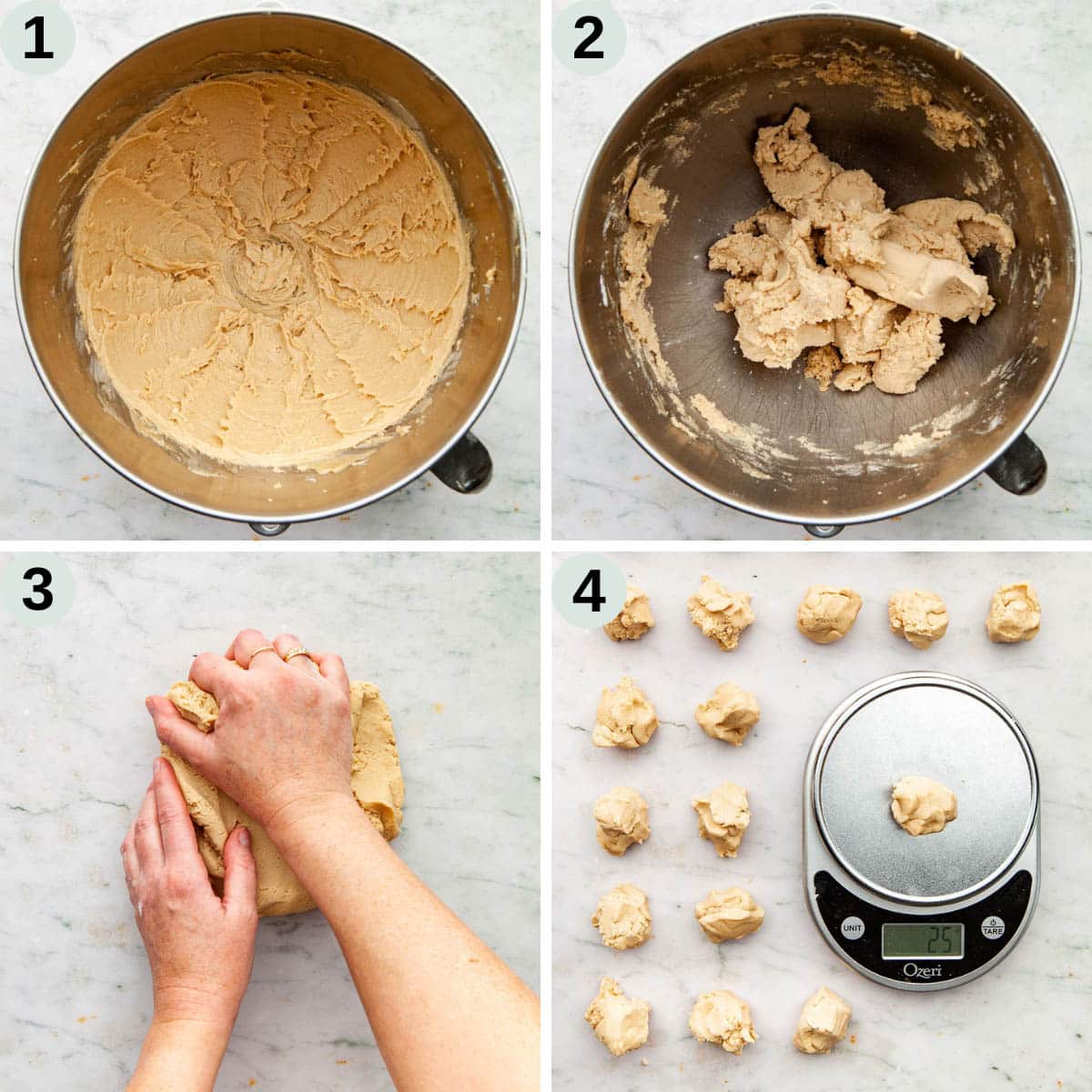
STEP 3—knead the dough a few times to ensure the flour is evenly distributed.
STEP 4—Divide the dough into 24 similar-sized portions. You don’t have to use a scale, however, I like the cookies to be the same size for a more consistent bake.
STEP 5—roll each dough portion into a bowl.
STEP 6—swirl each cookie dough ball in a small container or bowl of sugar.
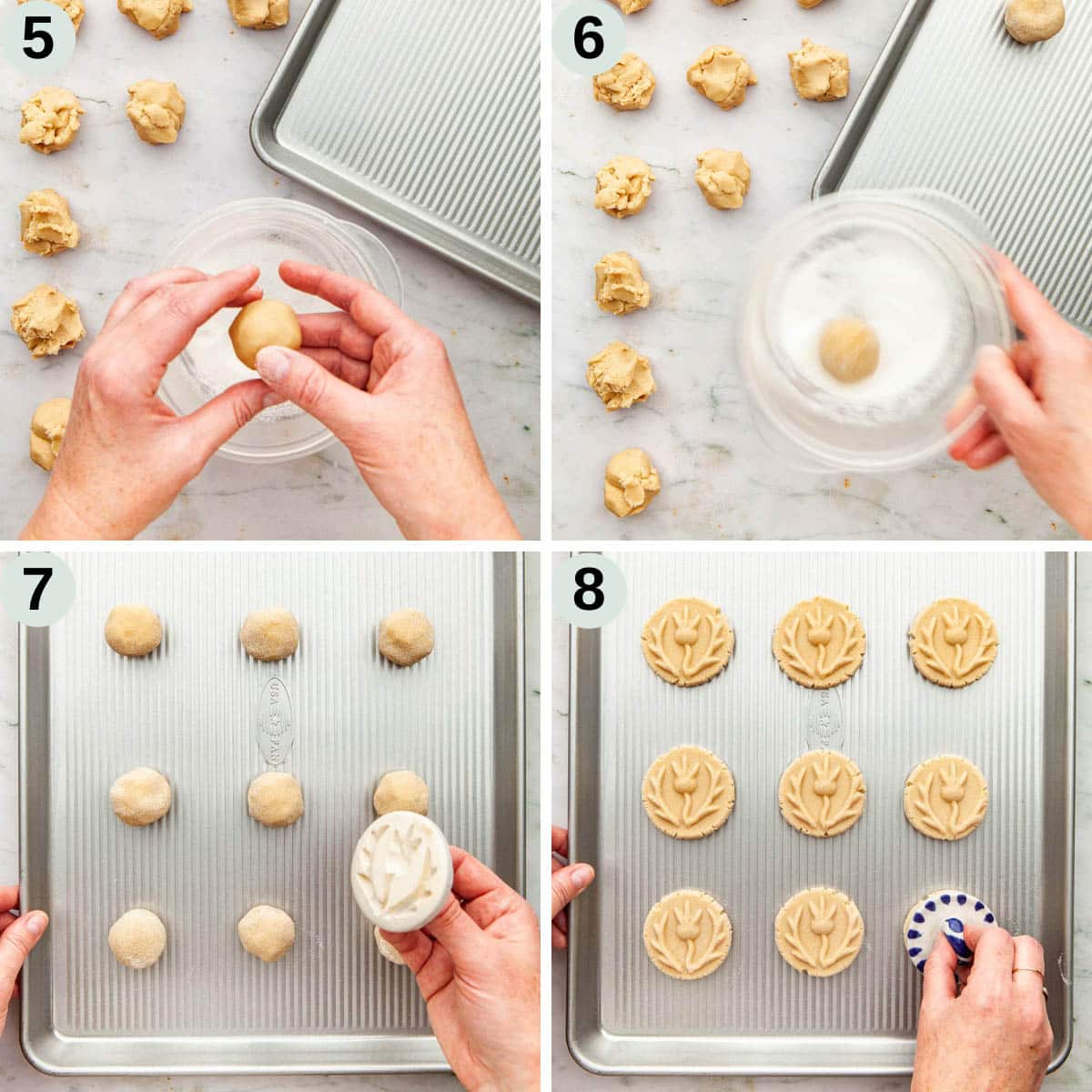
STEP 7—place 12 sugared dough balls on one baking sheet, and the other 12 on a second sheet.
STEP 8—stamp the top of each ball, directly on the baking sheet, with a cookie stamp. Bake until lightly golden and cool on a wire rack.
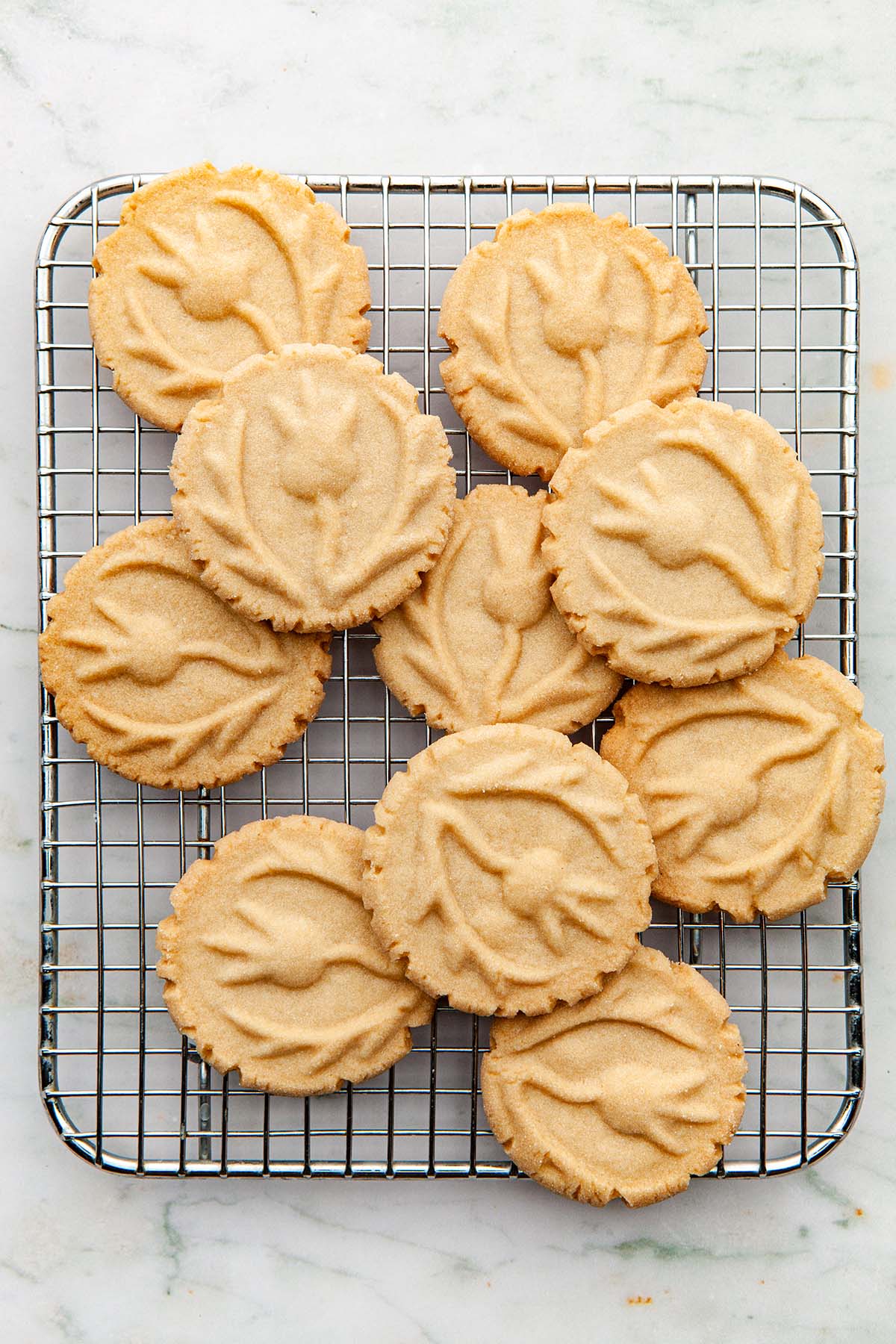
🗣 Expert Tips
1. Cracking along the edges of the cookies when stamping is a sign you have the correct butter to flour ratio.
2. It is important to add the flour gradually. It must be mixed evenly or else some of the dough will be too buttery, and some will be too dry.
3. Because of the amount of butter, you don’t have to bake the cookies on parchment paper, but you can if you want to.
📝 Recipe Notes
- This recipe doubles well.
- This is a drier dough traditionally made by hand. If you don’t have a mixer, and want to make the recipe by hand, it may seem like the all of the flour won’t mix in, but trust me, it will eventually become a supple and smooth dough!
- You don’t have to roll your cookie dough balls in sugar, but it looks pretty and prevents the cookie stamp from sticking.
- Because the dough is fairly dry it holds the imprint of the cookie stamp and doesn’t spread too much.
- This dough really isn’t meant for rolling and using cookie cutters.
- Do not stamp the cookies beyond the edge of the cookie stamp. The cookies will flatten too much which risks the edges of the cookies burning.
- I use a 2-inch cookie stamp. If you use a 3-inch stamp, resulting in a thinner cookie, you will have to adjust your bake time.
- Brown sugar shortbread cookies will keep for up to one week at room temperature in an airtight container or zipper-top bag, and up to two months in the freezer.
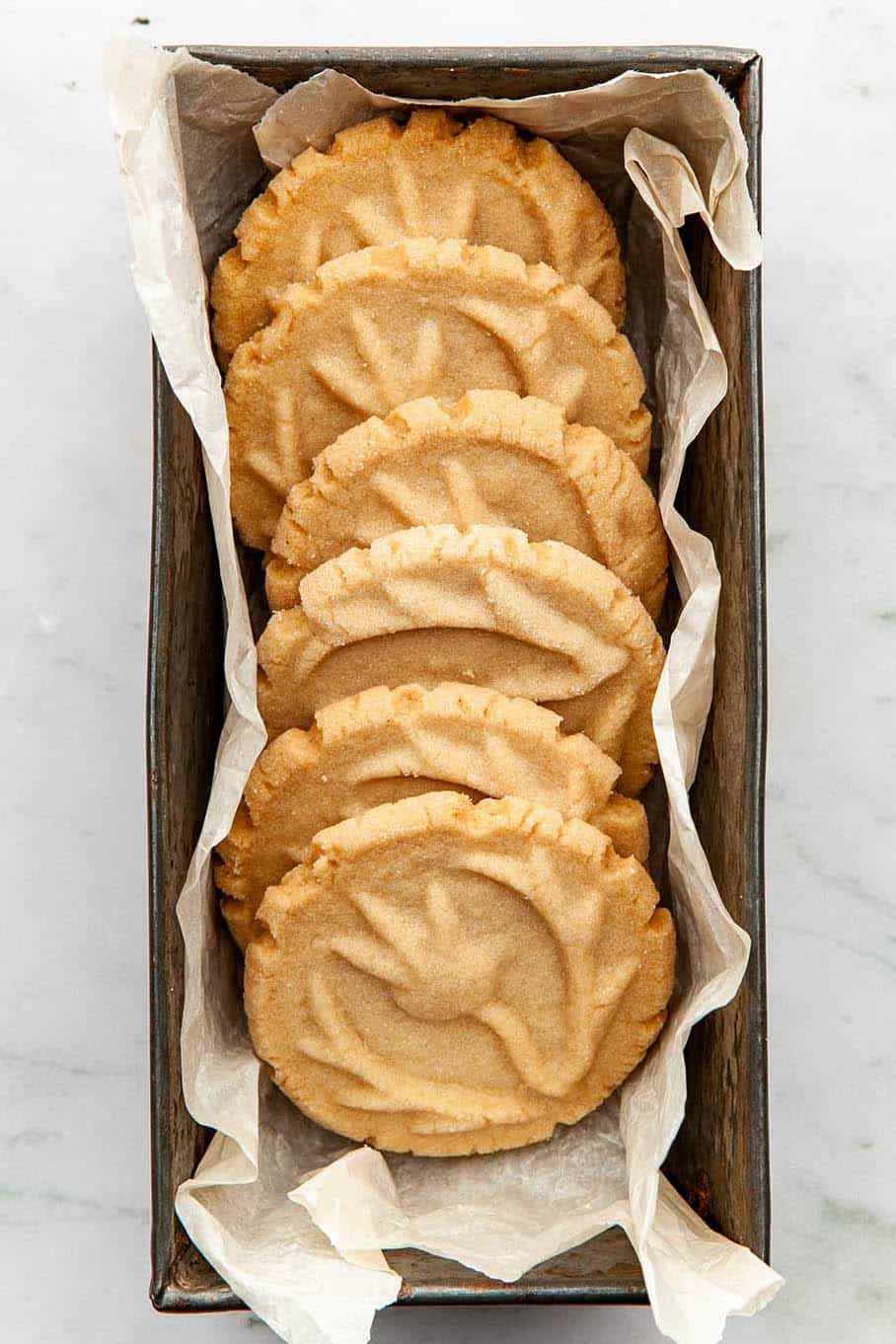
🎄 More Sweet Christmas Recipes
Did you make these brown sugar shortbread cookies? Please rate the recipe and tell me how it went in the comments below. Also, stay in touch with me on Instagram, Facebook, and Pinterest to see more delicious food and recipes!
Printable Recipe Card
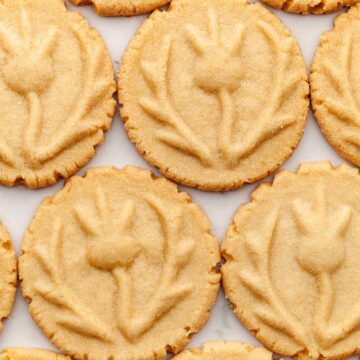
Brown Sugar Shortbread Cookies
Special Equipment
- Baking sheet(s)
- Measuring cups and spoons or digital kitchen scale
- Stand mixer with paddle attachment
- Small container to coat cookie dough balls in sugar
- Cookie stamp or drinking glass optional
- Wire cooling rack
Ingredients
- 3 tablespoons sugar
- 1 cup butter, room temperature to soft
- ½ cup brown sugar, tightly packed
- 1 teaspoon vanilla
- ¼ teaspoon salt
- 2 cups all-purpose flour
Instructions
- Preheat the oven to 325ºF (160ºC). Place the white sugar in a small container or bowl and have two baking sheets ready.
- In the bowl of a stand mixer fitted with the paddle attachment, beat the butter, brown sugar, vanilla, and salt on medium-high speed until well combined, about 4 to 5 minutes, scraping down the sides of the bowl halfway.
- With the mixer running on low, add the flour gradually, a couple of tablespoons at a time. Wait until each addition of flour is mixed in before adding more. Stop the mixer and scrape down the paddle if the dough starts to clump around it. As more flour is added, the cookie dough may seem dry, however, it will eventually become smooth.
- Once all of the flour is added, and the dough has pretty much cleared the sides of the bowl, stop the mixer. Dump the cookie dough out onto a work surface and knead it 15 to 20 times to ensure the flour is evenly distributed.
- Divide the dough into approximately 24 portions (I like to use a scale to weigh out 25g portions). Use your hands to roll one portion into a smooth ball. Place the ball in the container of sugar. Swirl the ball gently inside the container to coat it in sugar. Repeat this process for all of the cookie dough balls, placing them on the prepared baking sheet(s) as you go, 12 balls per baking sheet.
- Use a 2-¼ inch (5-½ cm) cookie stamp to press down and flatten each sugar-coated ball directly on the baking sheet. Press the stamp straight down, gently but firmly, and flatten the balls only to the edge of the stamp until the edges of the cookies just start to crack.
- Once all of the cookies are stamped, place the two baking sheets in the preheated oven and bake the cookies for 22 to 24 minutes, rotating the pans halfway through baking. The cookies are done when the edges are lightly golden. Remove the sheets from the oven and place them on a wire rack to cool.
Recipe Notes
- This recipe doubles well.
- This is a drier dough traditionally made by hand. If you don’t have a mixer and want to make the recipe by hand, it may seem like all of the flour won’t mix in, but trust me, it will eventually become a supple and smooth dough!
- You don’t have to roll your cookie dough balls in sugar, but it looks pretty and prevents the cookie stamp from sticking.
- Because the dough is fairly dry it holds the imprint of the cookie stamp and doesn’t spread too much.
- This dough really isn’t meant for rolling and using cookie cutters.
- Do not stamp the cookies beyond the edge of the cookie stamp. The cookies will flatten too much which risks the edges of the cookies burning.
- I use a 2-¼ inch (5-½ cm) cookie stamp. If you use a 3-inch stamp, resulting in a thinner cookie, you will have to adjust your bake time to less time.
- Brown sugar shortbread will keep for up to one week at room temperature in an airtight container or zipper-top bag, and up to two months in the freezer.
If your dough is too soft to stamp and won’t hold the stamp pattern:
- Your butter may too warm. Try refrigerating it briefly before using it.
- I highly recommend using a kitchen scale for accuracy and consistency. Using cups to measure ingredients is not consistent and can make for uneven results.
- Chilling the dough briefly for about 20-30 minutes may help it firm up!
Nutrition
Nutrition information is an estimate and is provided as a courtesy. For precise nutritional data, please calculate it independently using your preferred nutrition calculator.
More Dessert Recipes

Kelly Neil is a recipe developer, food photographer, and lifelong Nova Scotian building a sense of home and identity through recipes. She lives in her hometown of Dartmouth with her partner, Chris, their daughter, Elodie, and their little dog, Skipper.
This post may contain affiliate links. As an Amazon Associate, I may earn a small commission if you buy something through one of them at no extra cost to you. I only share products I use myself and genuinely recommend.

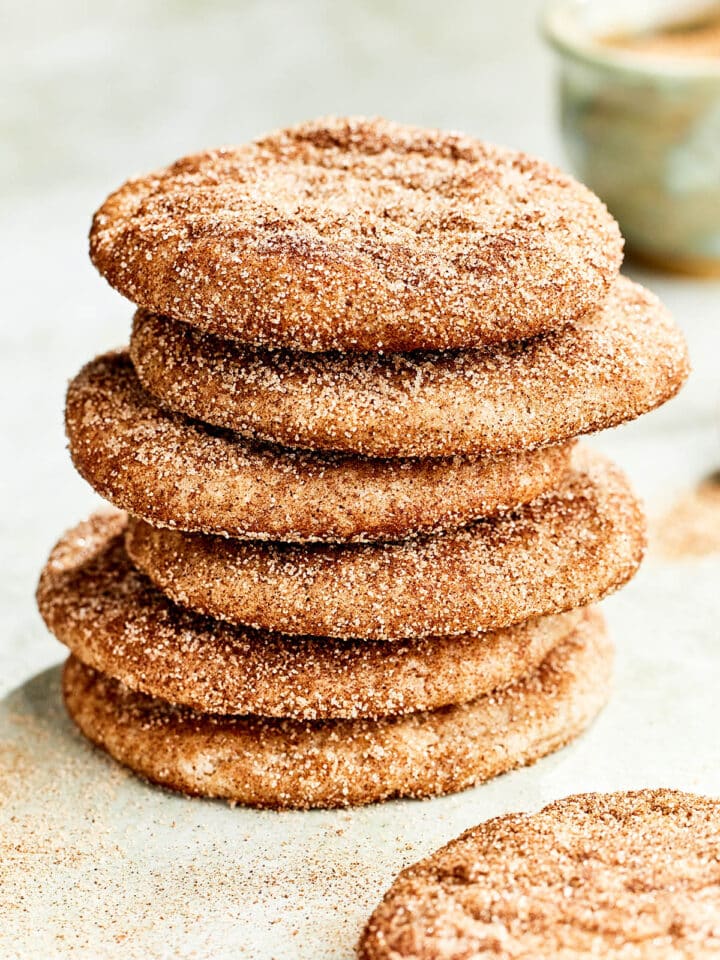

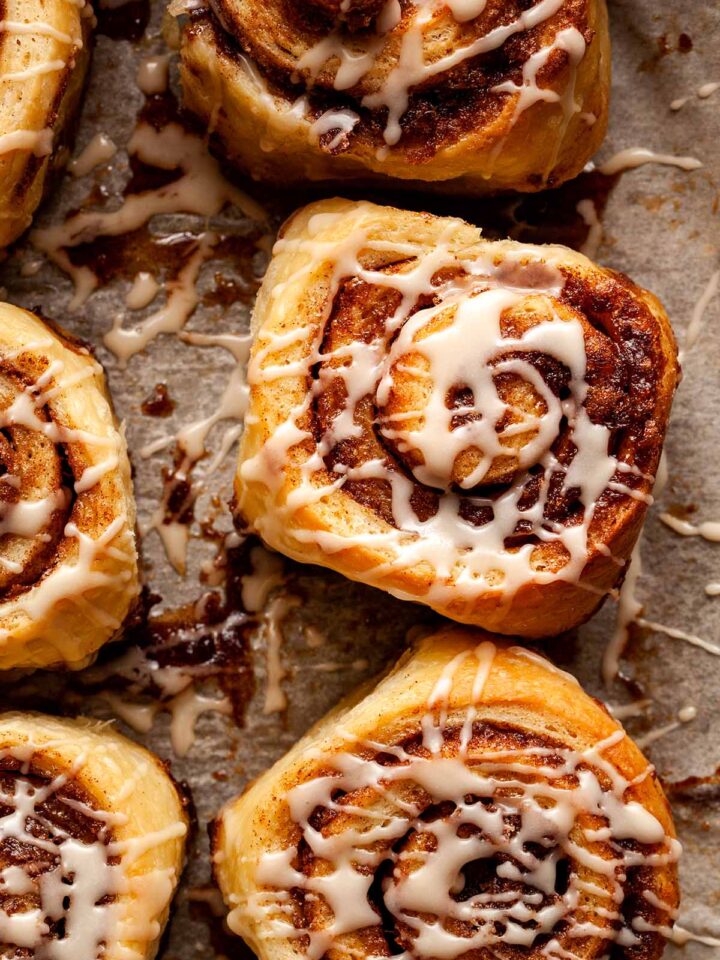


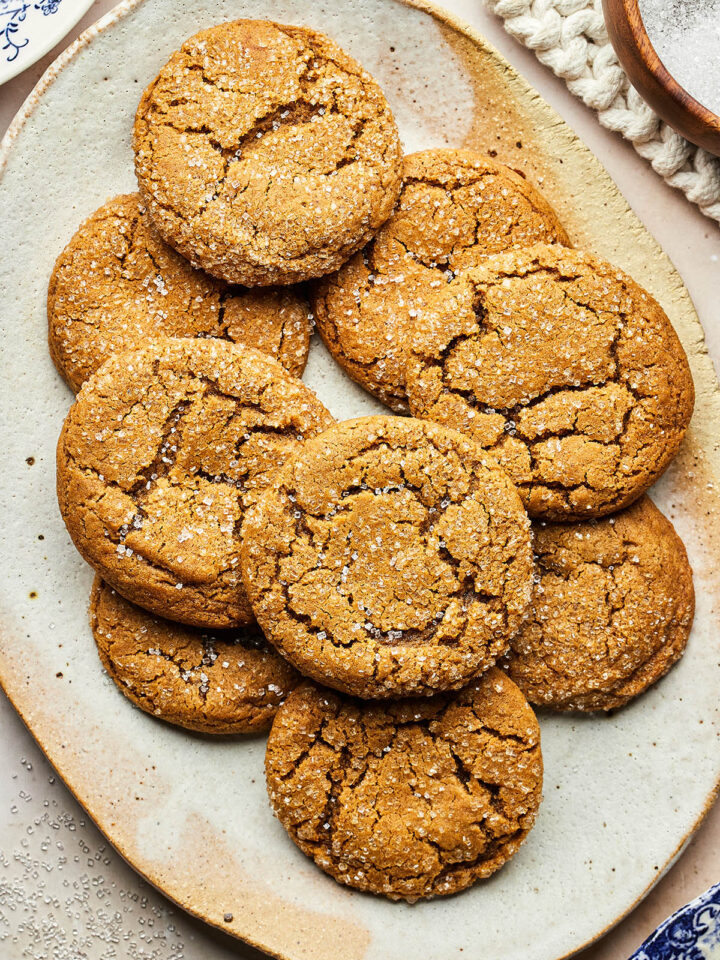
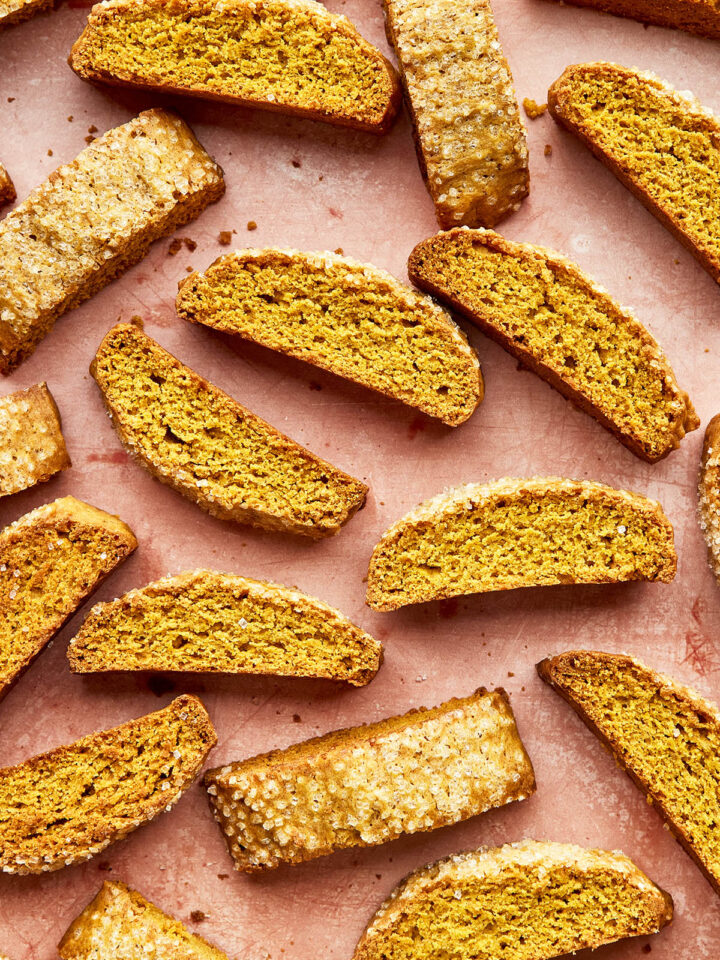

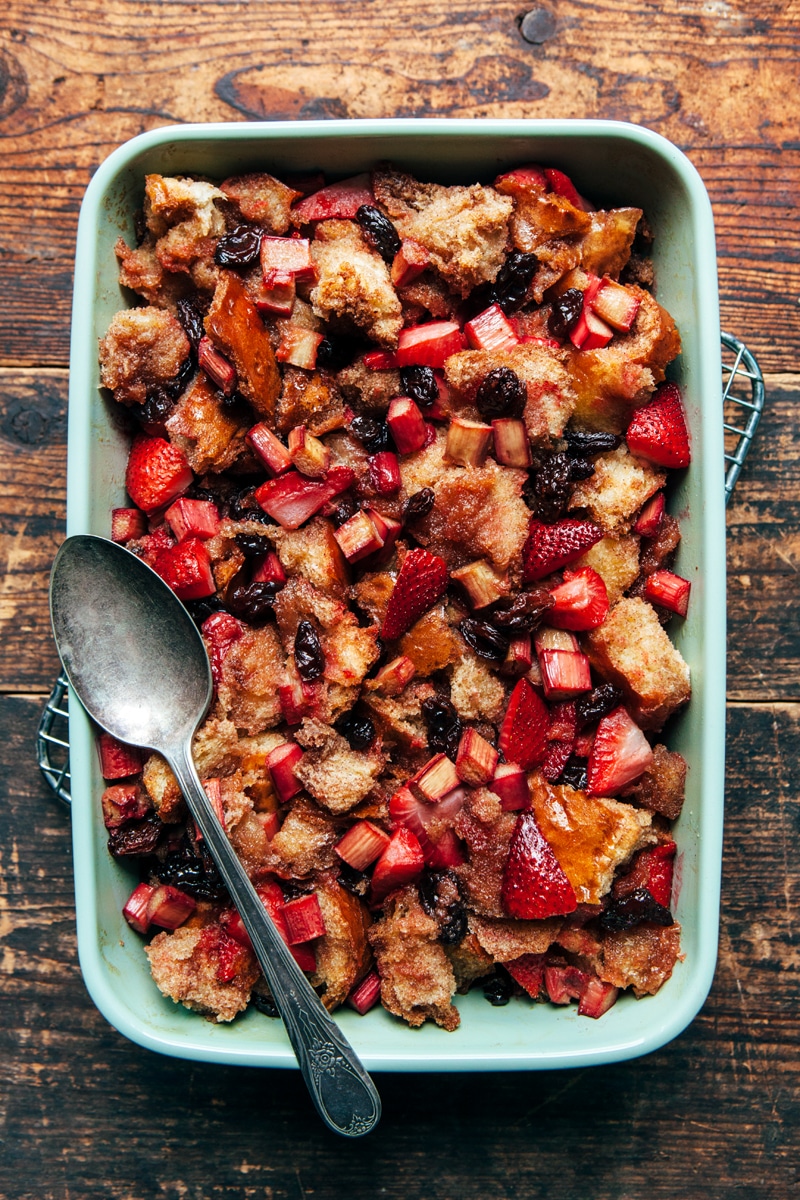
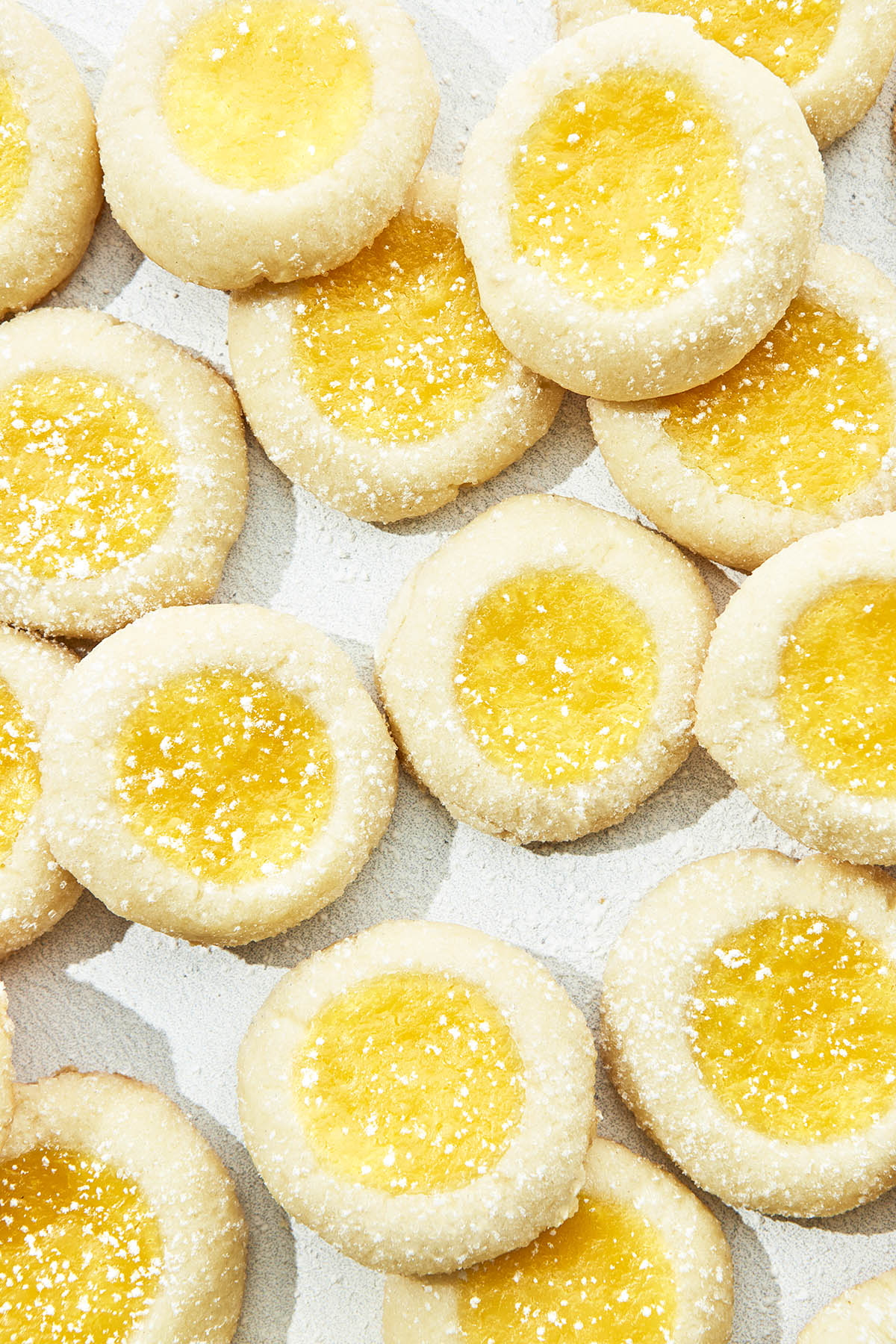
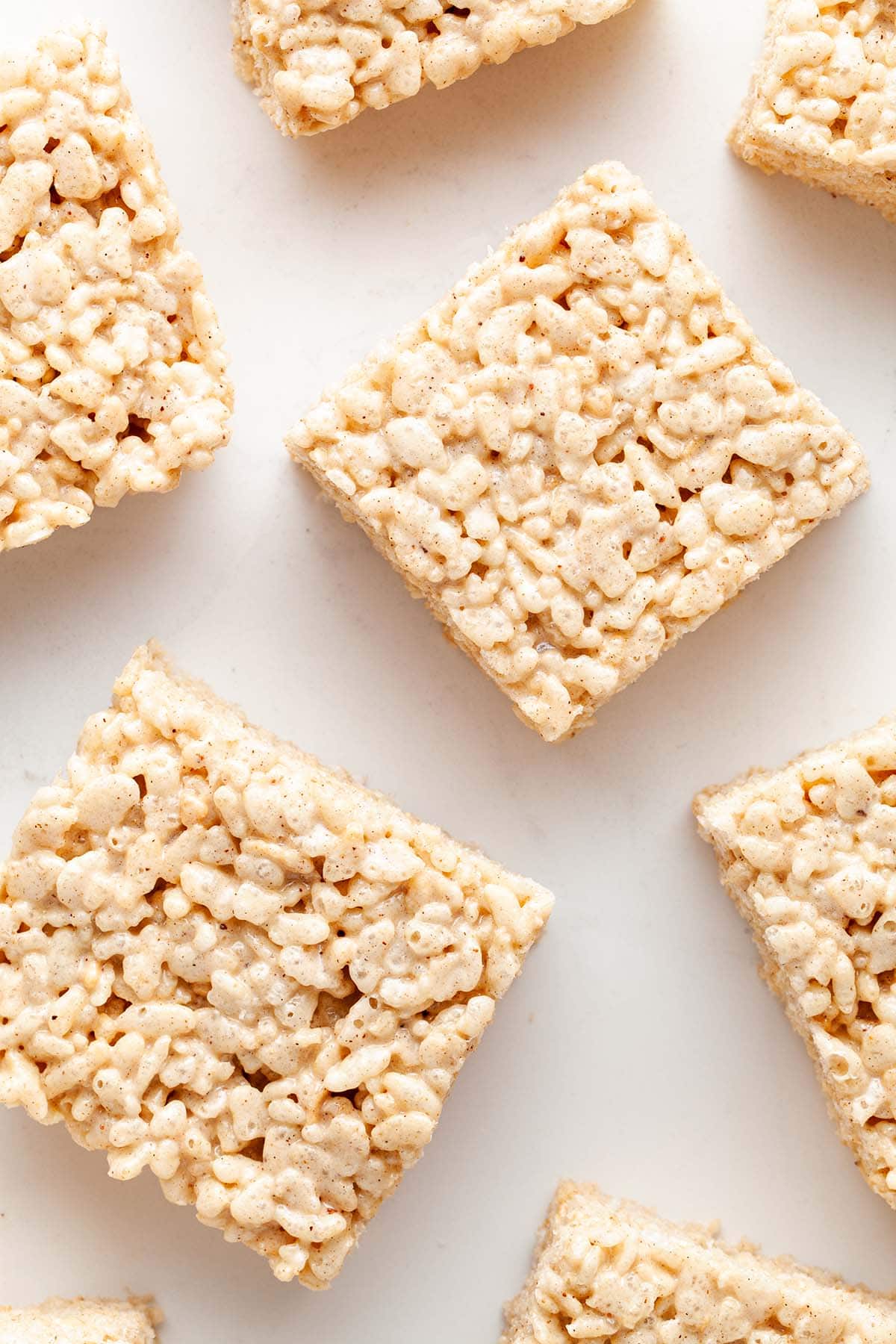
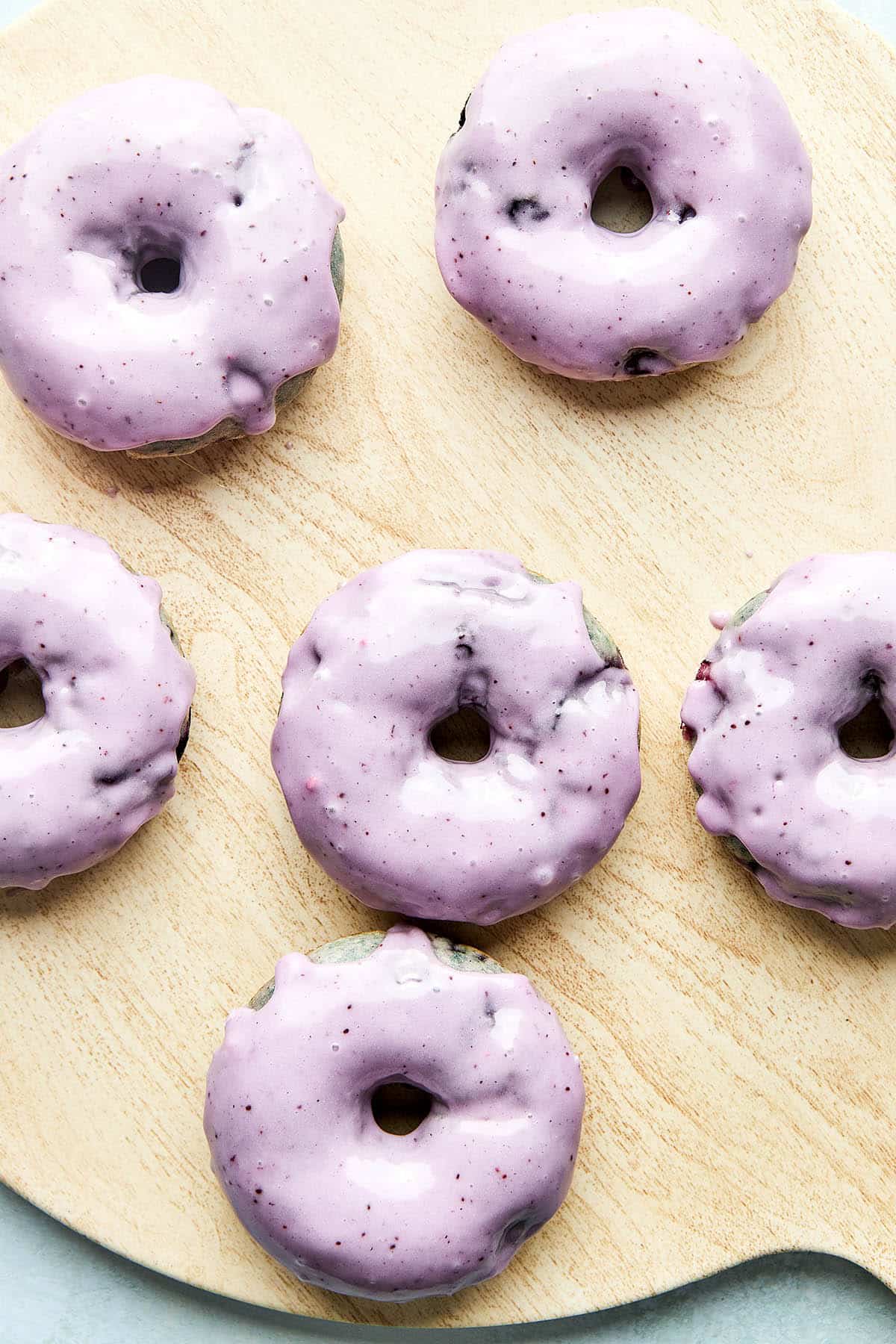
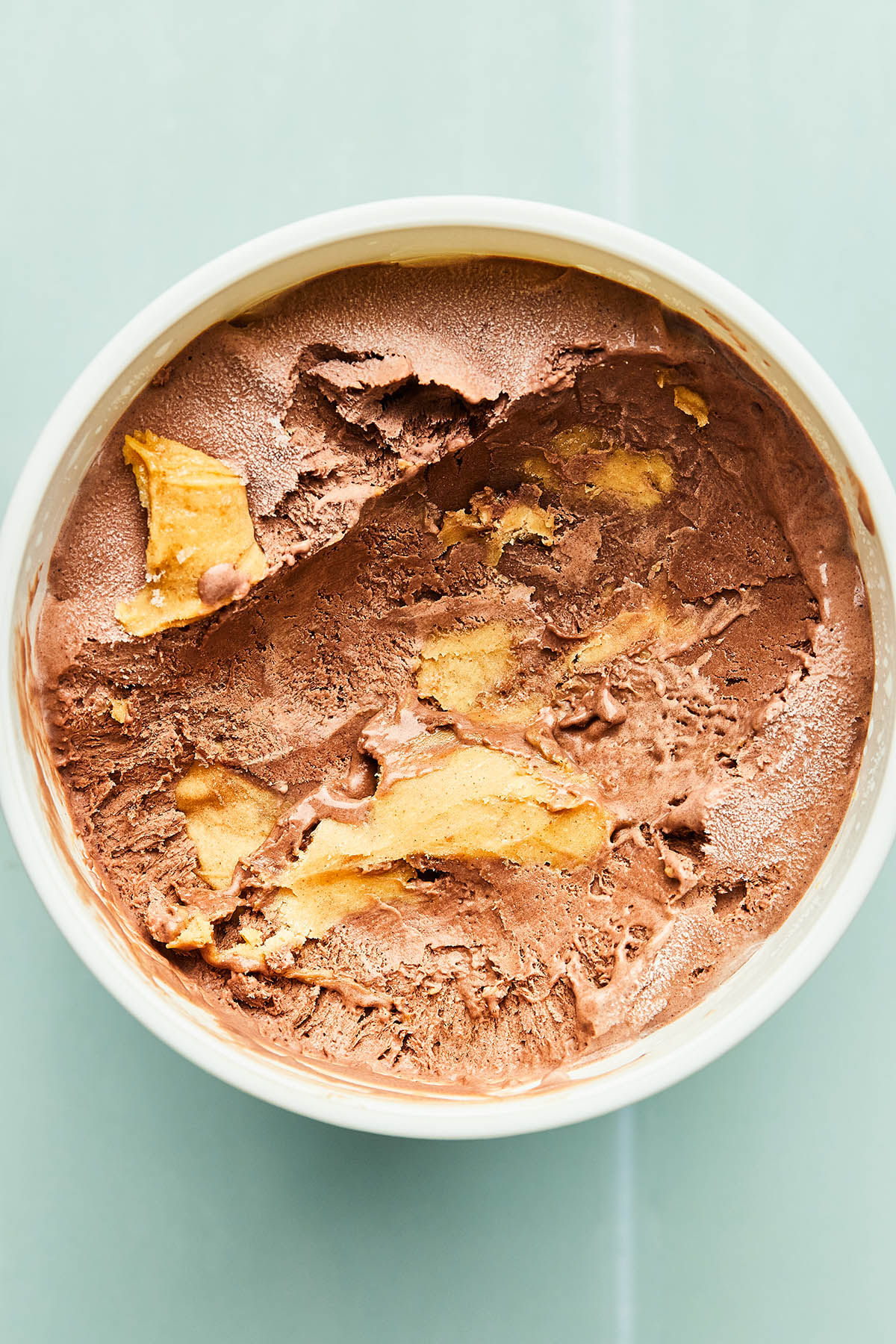
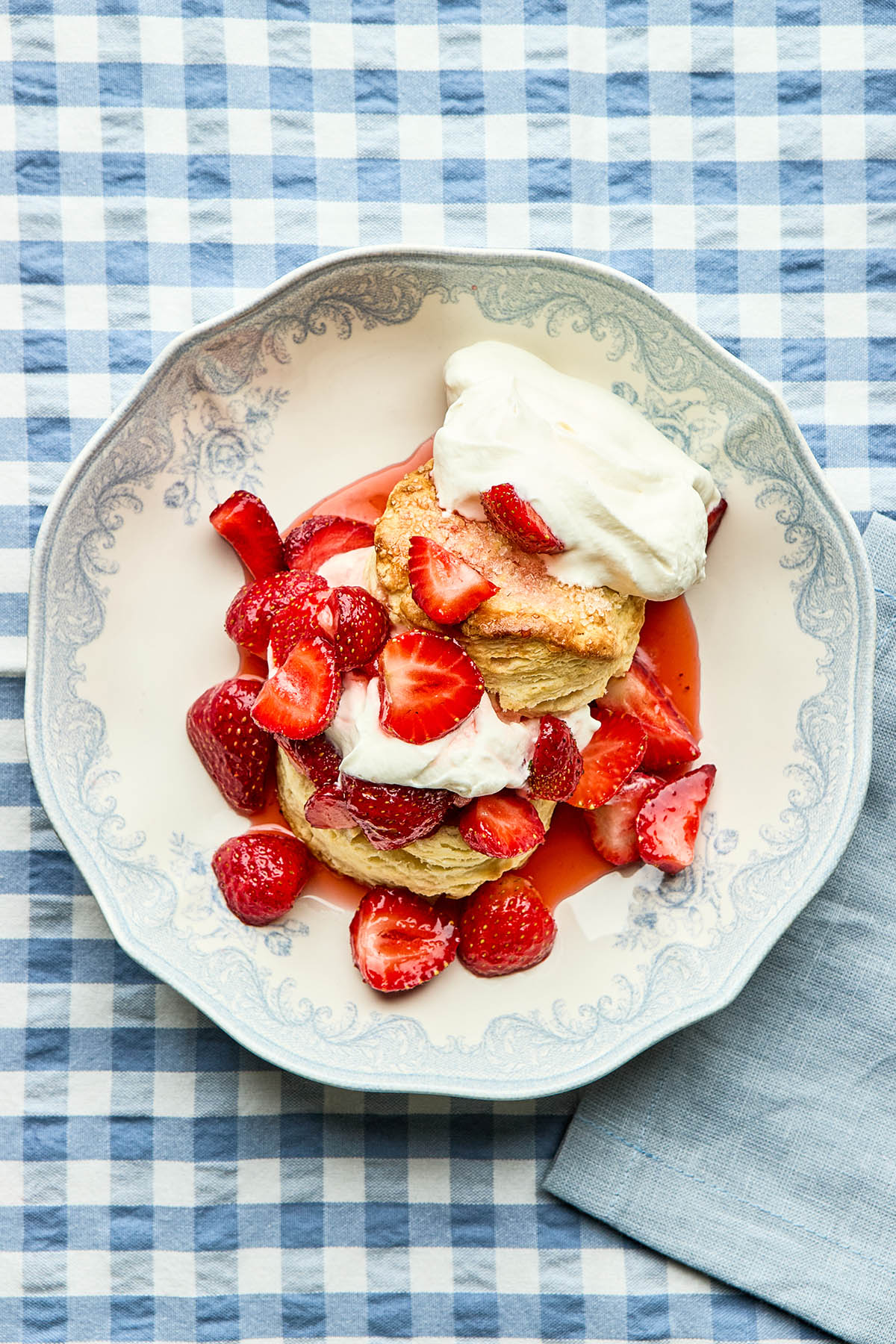
The cookies are great and super easy to make even with a hand mixer. Next time I will keep an eye on them as mine got too brown.
I’ve never made shortbread before, these are so lightly sweet, crunchy and easy, Thankyou, a keeper, I’m impressed!
The thistle stamp was a good find! I like it and wish I would have known about cookie stamps when I took a pottery class.
Now one of my favorite stamped cookie recipe.
Thank you!
These look terrific. Thank you!
Easy to make and taste delicious. This recipe is a keeper.
Hi, this recipe is almost identical to the shortbread I make, except I add 1/4 cup Cornstarch to the flour. Otherwise ingredients and amounts are the same.
I roll my dough out though, 3/8″ thick and use a 2″ round cookie cutter to make cookies. In my oven, 15 minutes @ 350 F and they’re done.
Next time, I’ll try using a 2″ cookie stamp. Instead of rolling in granulated sugar, have you ever thought about using demerara sugar. How thick do your cookies come out? Hubby prefers 3/8″ thick over 1/4″ thick.
Thanks
Oh nice, I’ll have to try that Barb! I’ve read adding a touch of cornstarch or rice flour gives shortbread a crispier texture. I think I’ll try rolling them for a change with this addition, and no I haven’t tried Demerara sugar though I do have a bag in my pantry! Will give it a go this Christmas. Thanks for stopping by! 🎄🥰
May I please ask, does the 1/4 cup of corn starch replace one fourth of the flour or do you still use 2 cups of flour?
I’m testing some recipes for Christmas, and these cookies are absolutely completely delightful!
Hi Rebecca! Adding cornstarch to shortbread can give it a more delicate, melt-in-your-mouth texture. Cornstarch has a finer texture compared to all-purpose flour and doesn’t contain gluten, which can make the shortbread crumblier and softer. A common substitution ratio is to replace 1/4 to 1/2 cup of all-purpose flour with cornstarch so can use up to 1/2 cup of cornstarch. Rice flour is another option! It tends to give shortbread a slightly sandy, yet tender texture. It also contributes to a nice crumbly shortbread because it is low in gluten so the one you choose depends on the result you’re looking for. Let me know if you have any further questions and happy baking!
Do you recommend light or dark brown sugar
Hi there! Sorry this reply is coming to you so late! I recommend dark brown sugar, sometimes called old fashioned brown sugar, for the deepest richest flavor!
Can this be made ahead and the dough refrigerated before baking?
Hey Megan! If you’re planning to stamp the cookies, I would recommend rolling the dough into balls, stamping them, and then refrigerating or even freezing them. If you want to chill the dough without doing that, you’d probably have to bring it to room temp for 15 minutes at least before rolling and stamping. Although now you’ve made me curious as to whether this dough could be chilled and rolled like a sugar cookie, or even pre-scooped with a cookie scoop, refrigerated, and baked. I’ll give it a go this weekend! Let me know if you have any other questions!🤗
Excellent Recipe!
Hi, my dough was vert soft! I tried adding flour but stayed soft, it isn’t holding the pattern very well. Any suggestions on why the dough is soft?
Wendy
Hi Wendy! I’m sorry for the trouble you’re having with the dough. Here are a few suggestions that could help: If your butter was too warm, it could have made the dough soft. Try refrigerating it briefly before using! Also, I highly recommend Using a kitchen scale for accuracy and consistency. And one more thing. Chilling the dough briefly for about 20-30 minutes may help it firm up! I’m going to make sure to add these notes to the recipe so that other readers won’t have these struggles. Thank you so much for letting me know and I hope you try the cookies again! They are our family favorite!
I used your recipe to make cookies for my nieces wedding. Except as per her request I used a moon cake press, and they turned out incredible. They kept their shape and made her day extra special!
Omg this is amazing Maddy! Yay!! I’ve never tried a mooncake press but they are so beautiful. SO GLAD you loved the recipe!! And thank you for letting me know🥰
Second year making these and they were a HUGE hit! We modified the recipe this year to add in 1/2 tsp of almond extract with the vanilla. My family couldn’t stop eating them! Unfortunately, I had to go gluten free so I couldn’t partake this year. Do you think you can make these with a GF flour or different flour alternative? Thank you for this awesome recipe!
Hi Katie! I’m so happy you love this recipe😍 If I was going to make these gluten-free I think I’d probably go straight for a cup-to-cup gluten free flour. The texture and consistency may change, but this is probably your best bet! Happy baking!
I made these cookies this weekend and they turned out wonderful. Only thing I would suggest is —I would probably split the dough and put half in the fridge, because as I got to the end, it got too soft and it just didn’t stamp as well —but beautiful and delicious.
Kelly, I would like to make this recipe because I like the idea of using brown sugar for a change. I have a question before I try it: the 2 cups of flour makes sense to me based on the other ingredient quantities; however, the metric quantity of 300 grams seems quite high (~ 1/4 cup) for a 2-cup equivalent. I would have used 254g of AP flour to equal 2 cups. Please advise, or let me know if you personally make this recipe using volume measurements or weight. That will help me know how to proceed. I know the end result will be delish!
Hi Becky, thank you so much for your question!
I completely understand where you’re coming from, as flour conversions can vary depending on the baker or source. While some people use a conversion of around 120–130 grams per cup, I personally use 150 grams per cup in all of my recipes (we also use the same conversion on my other collaborative blog https://bakedcollective.com/). Alex, Sophie, and I have tested this measurement extensively, and it consistently produces the best results for us, including these cookies, which I make every Christmas! If you choose to use 254 grams, your dough may turn out slightly softer, and the stamp may not hold it’s shape.
Let me know if you have any other questions, and happy baking! 🍪😊
Thank you for clarifying the amount of flour, Kelly. I used 300g as you advised. I also added ~1/2 tsp. almond extract. I wanted to see if the dough would hold a stamp imprint if baked in a quarter-sheet pan, so I stamped, then chilled in the fridge for 20 minutes. It held fairly well, but 30 minutes chill time might have been better.
In any case, they are absolutely delicious! From the very first bite, it’s surprisingly wonderful. Next time I’ll roll the dough in balls as per the recipe and try my stamps. Thank you for the superb recipe!
These turned out perfect. A friend had made (carved) a cookie stamp for me and I couldn’t wait to try it out.
These are so good!
I made these shortbread stamped cookies for an Irish presentation about our ancestors arriving in Canada in 1847. I purchased a cookie stamp with the Claddagh stamp. Cookies turned out perfect. I made a double batch and everyone thought they were delicious. Today I’m making another batch for another presentation of a different family. Thanks for the great recipe.
I was afraid I wasn’t going to be able to find this recipe again for this Christmas since it’s now the one my family really wants. I’ve printed several copies now for safe keeping and to share. You just can’t beat easy and delicious together!